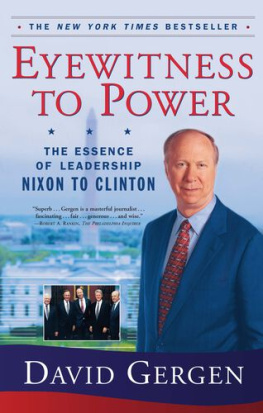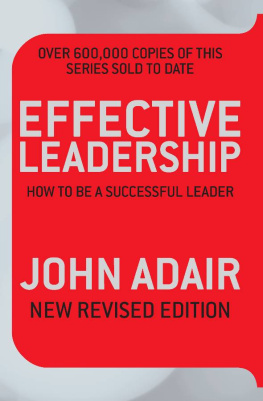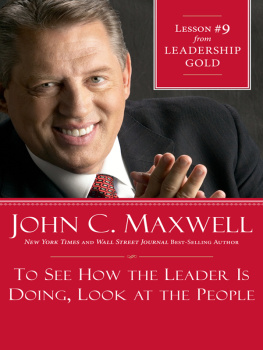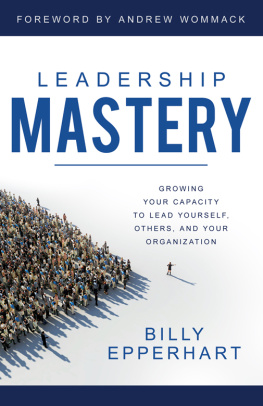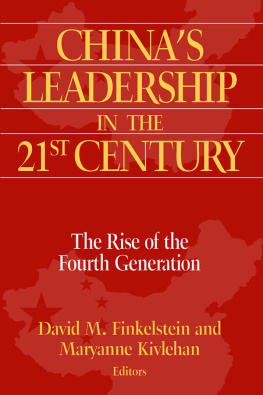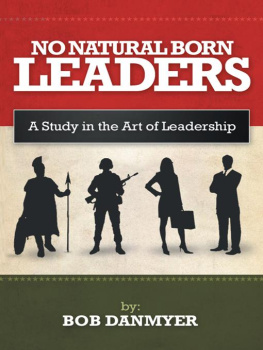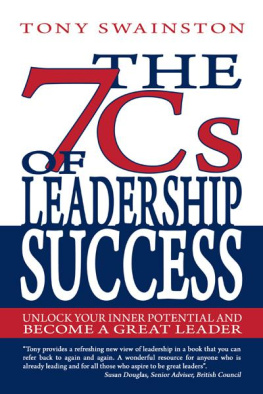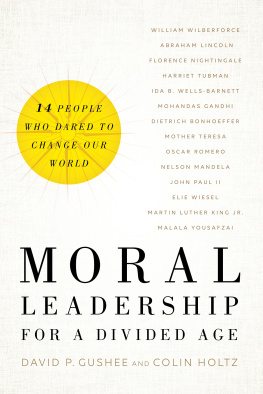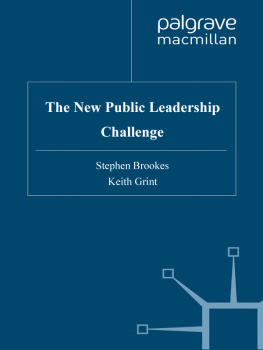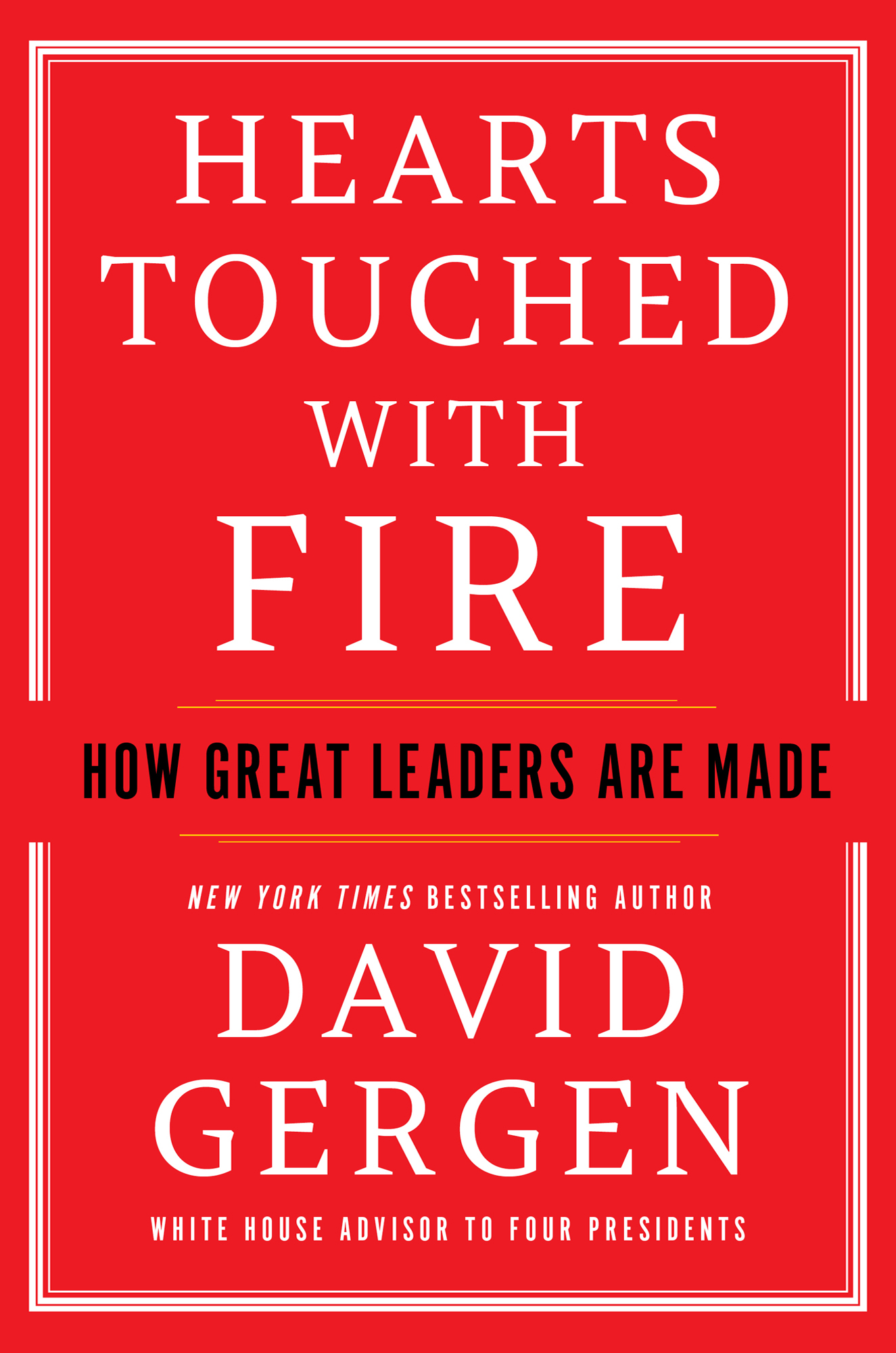Contents
Guide
Hearts Touched with Fire
How Great Leaders are Made
New York Times bestselling author
David Gergen
White House Advisor to Four Presidents
Additional Praise for Hearts Touched with Fire
With customary eloquence and wit, David Gergen offers us invaluable insights from his decades of observing, researching, teaching, and practicing leadership. His book is an indispensable contribution to our understanding of how to create the ethical and effective leaders we so badly need.
Drew Faust, President Emerita of Harvard University and the Arthur Kingsley Porter University Professor
David Gergens breakthrough book is a commanding call to the new generation of leaders to make this world better by discovering their True North and pursuing a moral purpose. No one has done more to prepare and mentor this generation than David has. His rich stories about leaders are not only inspiring, but offer meaningful lessons for every leader.
Bill George, Senior Fellow, Harvard Business School and author of Discover Your True North
A a wonderful leadership manual, drawing on dozens of insights and anecdotes from David Gergens decades-long career. It provides us with a moral compass, showing how we can find our True North and stay the course. It is an essential, highly enjoyable read.
Klaus Schwab, Founder and Executive Chairman, World Economic Forum
David Gergen has studied leadership for decadesas a White House adviser and as an educatorand has now written a masterpiece on the subject. I highly recommend this book for all who care about leadership in decades ahead.
David Rubenstein, Co-Founder andCo-Chairman of The Carlyle Group, author of How To Lead
When it comes to leadership, David Gergen has seen it all. He has spent a lifetime observing, coaching, learning from, and reflecting on both the individuals and the larger context of which history is made. In Hearts Touched by Fire, he draws on this deep understanding to offer a critical series of insights and lessons about how great leaders are madefrom the inside and outand what this means for our own high-stakes moment. Served up with short, compelling stories of leaders past and present, this book is a must-read for everyone who aspires to achieve a worthy mission, especially the young men and women, the world over, who are now beginning to make their impact felt and known.
Nancy Koehn, Historian and James E. Robison chair of Business Administration at Harvard Business School, author of Forged in Crisis
TO GRANDCHILDREN
Gabriel, Amira & Hannah
Maya & Liam
For future lives of service and leadership
Introduction
We begin this story in Sweden, where a schoolgirl of eight years of age began her journey toward becoming one of the most influential leaders in the world. Early stirrings of her ascent started during her primary school years, when her teachers showed films about the degradation of the worlds environment: plastic junking up oceans, starving polar bears, raging forest fires.
Most classmates listened, were momentarily concerned, and then moved on. Greta Thunberg listened and obsessively dwelled upon our impending doom. Her classmates went about their day; she retreated into herself and became severely depressed about how little adults were doing to mitigate the damage. She began skipping school, barely ate, and wondered if the world would survive its current course.
At home, she began speaking with her parents about the climate, reading reports, and watching films. Her Asperger syndrome, she often says, became a source of powerin her weeks at home, her laser focus enabled her to build an encyclopedic knowledge about the environment. She began testing her powers of persuasion on her parents, knowing she could be convincing but not sure how to make herself heard. She worried she was too small to make a difference.
Then in February 2018, an unrelated tragedy struck some five thousand miles away. In southern Florida, a gunman armed with a semiautomatic rifle stormed through the halls of a high school in Parkland, killing seventeen and wounding seventeen more. Survivors were devastated.
Rather than wallowing in grief, an emboldened cohort of students turned their suffering into action. Meeting at first in small numbers on their parents living room floors, students launched Never Again MSD, an organization committed to tougher gun laws. They were determined that such a tragedy should never strike another community. In the days after the shooting, they took to the airwaves and to social media, demanding background checks and other measures of gun safety.
Young people across the United States became energized and inspired as they watched Parkland students walk out of classrooms, protesting weak gun laws. The students were plain in their language and unapologetic in their goal: They needed parents to end their complacency and finally act. Their protests quickly spread. Inspired by the Freedom Riders of the 1960s, they traveled the country to stir people up. Week after week, the momentum of their movement grew. It reached a peak when the students spearheaded March for Our Lives, a student-led demonstration that attracted some 1.2 million marchers in 880 events across America. It was the biggest anti-gun protest in American history, as millions shamed adults for their inaction.
From afar, Greta watched the Parkland students galvanize a following within a few short weeks. She was struck by the power and attention that could be attracted by a single defiant act like skipping school, an action many Parkland students adopted. Most of the Parkland activistsstudents like David Hogg and X Gonzlezwere seventeen and eighteen years old, just a bit older than Greta. Before Parkland, they were normal kids; after, their world was upended. In response, they became nationaland globalactivists. They began to mobilize the country against its toxic gun culture.
Greta was amazed by their successes and inspired by their tactics, so she began to follow suit. Her protesta walkout modeled after one staged by Parkland survivorswas small in scale at first. She stood outside the Swedish parliament with a painted sign reading Skolstrejk fr klimatet (School Strike for Climate). She was fifteen. No one joined her, and many passersby pitied what seemed futile efforts. The next day, however, a few people joined after social media started buzzing. And the next, even more came. Soon enough, supporters regularly showed up. She stood there every day for five months until the Swedish elections, as she had promised.
Her internet presence continued to expand, fueling coverage in the national and international press. Her solitary act of defiance soon drew an estimated 4 million people into the streets for the Global Climate Strikes, the biggest single day of climate protests in history. Time magazine named her Person of the Year, and the UN invited her to speak to the General Assembly. She was once again scorching toward adults: You are failing us, she charged. But the young people are starting to understand your betrayal. Three years after her initial strike in Sweden, Greta doubled down on her attacks at Italys Youth4Climate summit. Instead of taking action, she described thirty years of empty promises as a bunch of blah, blah, blah. Greta Thunberg and the Parkland students are not alone, of course, in mobilizing thousandsand sometimes millionsto follow their leadership. Stories abound in which protestors are demanding greater social and economic justice. In some countries, we should acknowledge, the protestors are on the side of authoritarians, but in most nations they seek freedom.

